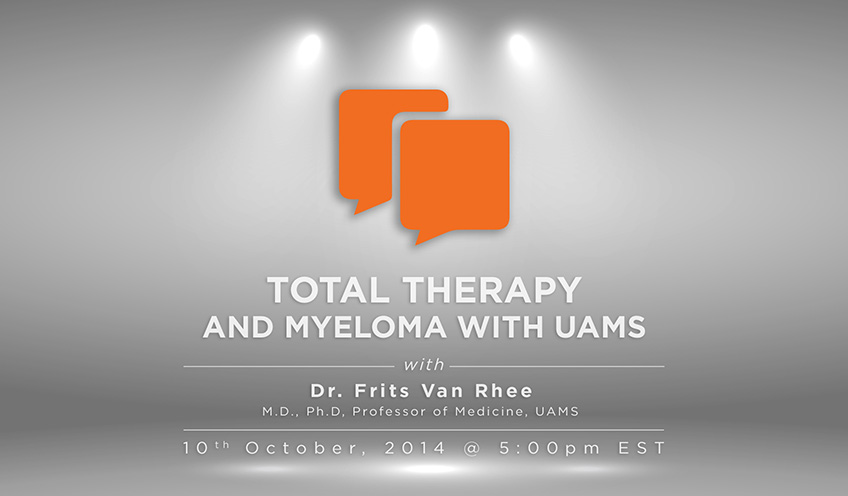
Hear Talk Audio
Total Therapy and Myeloma with UAMS
Total Therapy is the only program in the world which talk about a cure for myeloma. Total Therapy is based on the approach that the best chance of eliminating all disease is at the beginning of treatment when the cancer has not been exposed to any drug and has not developed any resistance. As Gary Petersen mentions on his website, myelomasurvival.com, the most recent data on Total Therapy shows average life expectancy of 15 years for their TT3 program and this is 3.8 times longer than average of all facilities that report their survival to the National Cancer Institute. To learn more about Total Therapy, stay tuned.


